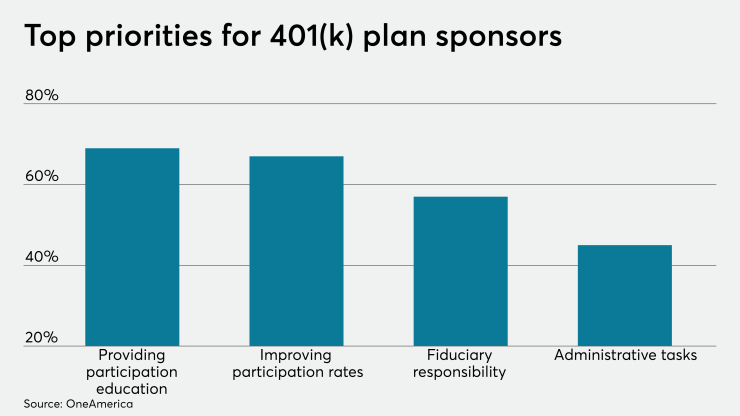401(k) account cash-outs remain a potent threat to Americans’ retirement-readiness and by all accounts the DOL agrees, having issued its final Prohibited Transaction Exemption (PTE) for auto portability
Auto portability — the routine, standardized and automated movement of a retirement plan participant’s 401(k) savings account from their former employer’s plan to an active account in their current employer’s plan — has been
Under a scenario where auto portability is widely adopted and utilized for a generation, cash-outs of small accounts could decrease by two-thirds, and $784 billion in savings would be preserved in the nation’s retirement system, according to the Auto Portability Simulation developed by Retirement Clearinghouse. The Employee Benefit Research Institute (EBRI) predicts that even more retirement savings —
However, despite auto portability’s proven ability to cut 401(k) cash-outs, a solution addressing cash-out leakage and the lack of seamless plan-to-plan asset portability is missing from policy proposals introduced to increase Americans’ retirement savings. All of the current retirement initiatives at the federal and state levels have, as their focus, increasing retirement plan coverage for those that don’t have access to a defined contribution plan at work.
For example, at the federal level, the
These and other proposals are designed to help Americans save more for retirement, but in order for them to reach their core objective of increasing the amount of retirement savings held by American workers and providing income at retirement, they need to offer solutions to plug the holes where assets leak out of our country’s retirement system.
The main cause of leakage is the preponderance of cash-outs. EBRI research findings, issued
That is a huge number, and without measures like auto portability, it will continue to increase, regardless of how much workers save for retirement from their paychecks. Why? Because, at present, the U.S. retirement system infrastructure makes cashing out easier for participants than rolling their savings into their current-employer plans.
Participants who attempt to undertake roll-ins on their own often find doing so is
In addition, a recent Alight study examined 2 million participants terminated between 2008 and
2017, and reported that the asset-weighted cash-out rate for participants with under $1,000 was 80%, and 62% for those with between $1,000 and $4,999.
Fortunately for the U.S. retirement system, and the millions of Americans who participate in it, facilitating seamless plan-to-plan portability has been proven to reduce cash-outs. A case study published by Boston Research Group, which concentrated on a large defined contribution plan sponsor in the healthcare services industry, found that the company’s 401(k) plan cut cash-outs across all account balances by approximately 50% after implementing programs to facilitate easy portability, including auto portability.
If all plan sponsors across the U.S. could reduce cash-outs by that much, or more, across all account balances, just imagine the increase in retirement savings we would see! (EBRI did more than imagine it — they studied it and found that frictionless portability for all balances would increase retirement savings by an estimated $1.5 trillion, in present-value terms, as mentioned above.)
This is why proposals to preserve more savings in the U.S. retirement system need to include auto portability in order to truly achieve their commendable objectives. For example, according to
The same is true for auto-IRAs, a state-level initiative for expanding retirement plan eligibility among employers. Under a set of optimistic assumptions, EBRI analysis finds that auto-IRAs would decrease the retirement savings shortfall for savers between 35 and 39 years old by 17.3%. This reduction would rise to 27.1%, though, under a scenario whereby auto-IRAs and auto portability were fully adopted simultaneously.
Cash-out leakage remains a big problem for the U.S. retirement system. However, by adding auto portability to various proposals to help Americans save more for retirement, millions of participants will no longer find cashing out to be an easier option than






